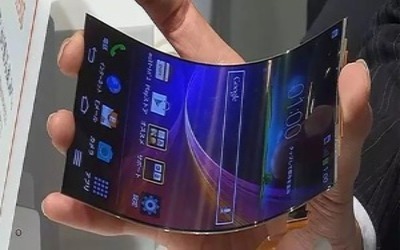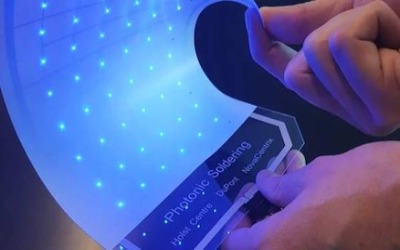-
Give us a call +86 -755-25432352
-
Email us info@urbanmines.com
-
Come & visit us Block A, FuHai Technopark, HuaFeng Smart Valley, YongFu Rd, BaoAn,Shenzhen,China
Give us a call +86 -755-25432352
Email us info@urbanmines.com
Come & visit us Block A, FuHai Technopark, HuaFeng Smart Valley, YongFu Rd, BaoAn,Shenzhen,China

Indium Tin Oxide is one of the most widely used transparent conducting oxides because of its electrical conductivity and optical transparency, as well as the ease with which it can be deposited as a thin film.
Indium Tin Oxide (ITO) is an optoelectronic material that is applied widely in both research and industry. ITO can be used for many applications, such as flat-panel displays, smart windows, polymer-based electronics, thin film photovoltaics, glass doors of supermarket freezers, and architectural windows. Moreover, ITO thin films for glass substrates can be helpful for glass windows to conserve energy.
ITO green tapes are utilized for the production of lamps that are electroluminescent, functional, and fully flexible. Also, ITO thin films are used primarily to serve as coatings that are anti-reflective and for liquid crystal displays (LCDs) and electroluminescence, where the thin films are used as conducting, transparent electrodes.
ITO is often used to make transparent conductive coating for displays such as liquid crystal displays, flat panel displays, plasma displays, touch panels, and electronic ink applications. Thin films of ITO are also used in organic light-emitting diodes, solar cells, antistatic coatings and EMI shieldings. In organic light-emitting diodes, ITO is used as the anode (hole injection layer).
Indium Tin Oxide is one of the most widely used transparent conducting oxides because of its electrical conductivity and optical transparency, as well as the ease with which it can be deposited as a thin film.
Indium Tin Oxide (ITO) is an optoelectronic material that is applied widely in both research and industry. ITO can be used for many applications, such as flat-panel displays, smart windows, polymer-based electronics, thin film photovoltaics, glass doors of supermarket freezers, and architectural windows. Moreover, ITO thin films for glass substrates can be helpful for glass windows to conserve energy.
ITO green tapes are utilized for the production of lamps that are electroluminescent, functional, and fully flexible.[2] Also, ITO thin films are used primarily to serve as coatings that are anti-reflective and for liquid crystal displays (LCDs) and electroluminescence, where the thin films are used as conducting, transparent electrodes.
ITO is often used to make transparent conductive coating for displays such as liquid crystal displays, flat panel displays, plasma displays, touch panels, and electronic ink applications. Thin films of ITO are also used in organic light-emitting diodes, solar cells, antistatic coatings and EMI shieldings. In organic light-emitting diodes, ITO is used as the anode (hole injection layer).
ITO films deposited on windshields are used for defrosting aircraft windshields. The heat is generated by applying voltage across the film.
ITO is also used for various optical coatings, most notably infrared-reflecting coatings (hot mirrors) for automotive, and sodium vapor lamp glasses. Other uses include gas sensors, antireflection coatings, electrowetting on dielectrics, and Bragg reflectors for VCSEL lasers. ITO is also used as the IR reflector for low-e window panes. ITO was also used as a sensor coating in the later Kodak DCS cameras, starting with the Kodak DCS 520, as a means of increasing blue channel response.

ITO thin film strain gauges can operate at temperatures up to 1400 °C and can be used in harsh environments, such as gas turbines, jet engines, and rocket engines.
ITO films deposited on windshields are used for defrosting aircraft windshields. The heat is generated by applying voltage across the film.
ITO thin film strain gauges can operate at temperatures up to 1400 °C and can be used in harsh environments, such as gas turbines, jet engines, and rocket engines.

ITO is also used for various optical coatings, most notably infrared-reflecting coatings (hot mirrors) for automotive, and sodium vapor lamp glasses. Other uses include gas sensors, antireflection coatings, electrowetting on dielectrics, and Bragg reflectors for VCSEL lasers. ITO is also used as the IR reflector for low-e window panes. ITO was also used as a sensor coating in the later Kodak DCS cameras, starting with the Kodak DCS 520, as a means of increasing blue channel response.